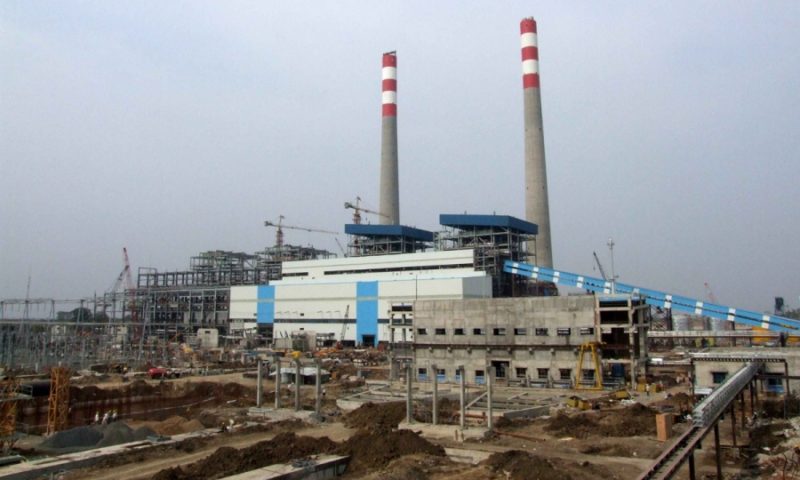The power ministry recently allowed power distribution companies to exit from power purchase agreements (PPAs) related to power generation plants that have completed 25 years of operation. This is, prima facie, a positive step.
Distribution companies now have the option of either continuing or discontinuing from such PPAs. Further, if discoms choose to continue with the PPA, they could do so only for a period of five years.
In practice, this is not going to be so easy as there are plenty of legalities involved. However, what the underlying sentiment reflects is noteworthy. This is an early step in the direction of moving away from coal-fired power generation. A scenario where the power generation architecture is devoid of coal is very hard to imagine, even in the distant future. Even today, despite the aggression shown on the renewable energy front, coal-fired power plants still contribute around two-thirds of the total electricity generated.
Power tariffs have fallen significantly over the years. Exiting from old PPAs, which invariably would be at high rates would mean considerable cost saving for discoms. This saving could eventually be passed on to consumers. For the power generator, of course, it could have adverse commercial implications. Power generators are never going to let such PPA exits happen easily.
If PPAs associated with old generation units end up in termination, this could eventually lead to such plants becoming economically unviable, eventually leading to their closure. This is also in overall national interest. India has pledged not to add any more coal-fired power capacity than what is already planned. Companies like NTPC, which owns the largest coal-fired power capacity in the country, has in fact doubled its renewable energy generation target.
Also read: Newer paradigms in power transmission
Another announcement of creating 4 GW of energy storage capacity is also important. Such energy storage will help ease grid instability caused by renewable energy sources. Again, this is in favour of the renewable energy culture.
What the government needs to look at its creating evacuation infrastructure for the huge renewable energy capacity planned—the target is 175 GW by 2022, out of which some 94 GW is currently in place. Much has been achieved by the Green Energy Corridor (Phase I and II) project and now power transmission infrastructure is also being set up ahead of renewable energy generation capacity addition.
A complete shift to renewable energy is still in the distant future. What needs to be done is to devise policy framework in a way that there universal acceptance of renewables as an energy source of choice. The infrastructure will follow; it is only a matter of time.
The author, Venugopal Pillai, is Editor, T&D India, and may be reached on venugopal.pillai@tndindia.com. Views are personal.

